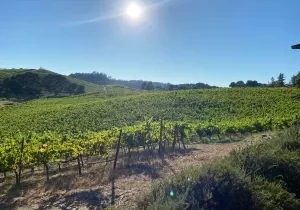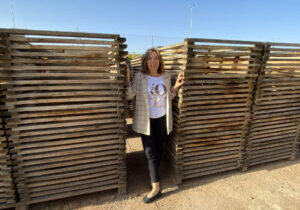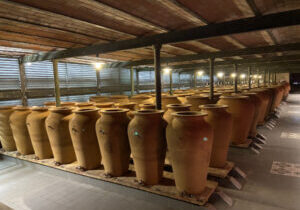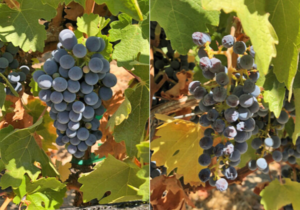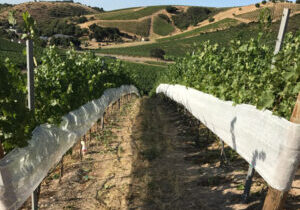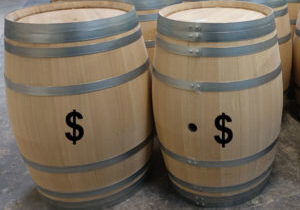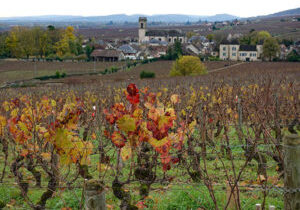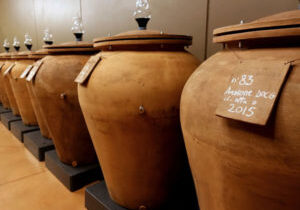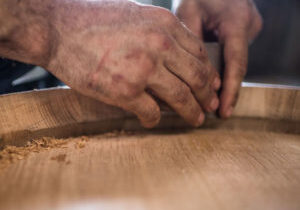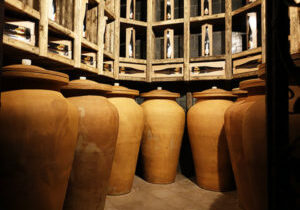WHY YOUR BARREL CHOICE MATTERS
Barrels and wine freshness – do they really go together? I wouldn’t have thought so in the past, but now, after spending years studying the science behind barrels, I’d say they do! But it depends a lot on your barrel choices.
For a while now, lower alcohol, less oaky wines have been all the rage. That’s not changing any time soon. According to the 2019 State of the Industry Report, millennials will become the largest fine-wine consuming generation by about 2027. And they prefer wines that are fresh, clean and approachable.
Naturally, when we think about preserving freshness and fruit in a wine, we think of aging wine in tanks. And when it comes to sweetness, richness, structure and body, we think of barrels.
We know that new oak is essential for your premium wines – abandoning barrels is out of the question (duh!). But making the right choice with your barrels could go a long way in preserving freshness and balance in your wines.
What are your options?
When it comes to choosing the right barrel, there are four categories to think about: 1) inherent properties in the wood 2) toasting 3) production process and 3) oxygen.
1) INHERENT PROPERTIES – WHISKEY LACTONES
Lactones can be described as producing fresh oak and coconut aromas and/or celery. They can bring freshness to wines, and they’re particularly valuable for full-bodied varietals that might be too heavy without them, such as Cabernet Sauvignon.
Wine such as Chardonnay and Pinot Noir are more sensitive to lactones, and when the wine has good acidity, it doesn't need the lactones for freshness.
The level of lactones varies by wood species:
- Quercus Alba, the species used for American oak barrels, has a very high level of cis lactones, and they could be overpowering in certain wines.
- Quercus Petraea (AKA Sessile Oak) has the highest level of the French oak species, but less than American.
- Quercus Robur (AKA Pedunculate Oak) has the lowest of the French oak species.
Choosing between American and French oak is easy. But with French oak, the differences are more subtle and require you to be more thoughtful when choosing barrels.
2) TOASTING
Toasting can impact freshness in three ways: 1) higher and longer toasting can lower lactones 2) toasting lowers the oxygen transfer rate of a barrel (read more on this here) and 3) toasting increases aromatic compounds that could detract from fruit or wine freshness.
A light to medium toast will preserve lactones and tannins in the wood and minimize development of the aromatic compounds below that can make a wine seem richer and heavier:
- Furfural
- Vanillin
- Guaiacol
- Eugenol
3) PROCESS – IMMERSION (WATER BENDING)
Barrels can be bent by fire, water or steam. In a study carried out by Toneleria Murua, University de la Rioja and Domecq Bodegas (Pernod Ricard), chemical and sensory analyses of wines were compared between fire bent and immersion barrels.
The aromatic compounds below were higher in the fire toasted barrels:
- Furfural
- Vanillin
- Maltol
- Guaiacol
Seguin Moreau published a study in 2010 that compared fire bent to immersion barrels too. “These results revealed that aging wines in barrels made by the traditional process [fire bent] resulted in wines with higher concentrations of compounds produced by heating/toasting, particularly furan compounds (furfural, 5-hydroxymethyl-furfural, 5-methyl-furfural), volatile phenols (guaiacol, 4-methyl-guaiacol, isoeugenol, and allylsyringol), aromatic aldehydes (vanillin and syringaldehyde), and maltol.”
At a sensory olfactory level, wines aged in barrels with immersion showed less intense “oaky” and “toasty” aromas. Tasters also found these wines to be “fruitier.”
This is where your barrel choice can really make a difference. Fire bending increases aromatic/flavor compounds that are typically NOT associated with a “fresh” style of wine. Therefore, opting for immersion barrels could be a better option. But If you like the complexity you get from your fire bent barrels, a mix of both could be the right balance.
4) OXYGEN
This is where it gets much more complicated. And frankly, some of this is just splitting hairs. I’m simply mentioning all the variables because I, as a barrel geek, think it’s interesting.
- American oak barrels have a higher Oxygen Transfer Rate (OTR) than French oak barrels:
American oak barrels: 11.3 mg/liter/year
French oak barrels: 8.18 mg/liter/year
- The bending and toasting processes change the OTR of the wood. The potential OTR decreases as heat and toasting time increase.
- The construction of the barrel impacts the amount of oxygen coming in through the gaps between the staves (how tightly the staves are joined). Most cooperages today have modern joining equipment and can join the staves more tightly than in the past.
- This one’s going to frustrate the heck out of you because you don’t have any control over it. It's been shown that within a similar wood type (grain, species, origin), there's a significant variability in OTR. It’s possible to test this before a cooperage builds a barrel. But they won’t.
An easier approach to oxygen, one that you have more control over, is how you manage oxygen in your cellar. To learn how wine is exposed to oxygen through a barrel, read my blog post: Latest Research on Oxygen and Wine Barrels (in Plain English).
5) SPANISH OAK
In 2015, the famous LAN winery of Rioja started using wine barrels made from Spanish oak (quercus pyrenaica), dedicating their LAN 7 METROS to honoring its heritage. The grapes for this wine come predominantly from the highest part of San Vicente de la Sonsierra (Rioja Alta), and maintaining a perfect balance is a top priority to LAN winemaker María Barúa. She describes the different nuances of the Spanish oak compared to French and American oak, "...it gave greater freshness to the wine, with more menthol and resinous notes."
Curious about which barrels or other aging vessels are right for you? That’s my favorite topic! I’m always happy to discuss options to help you make the best, freshest wine possible.
